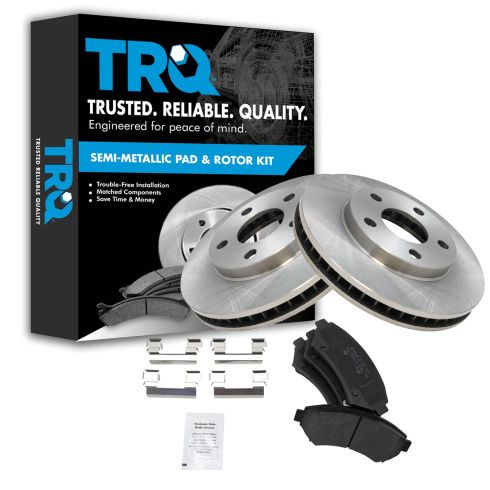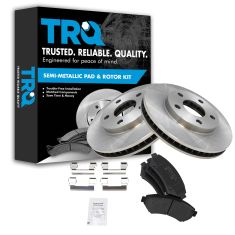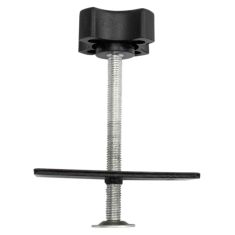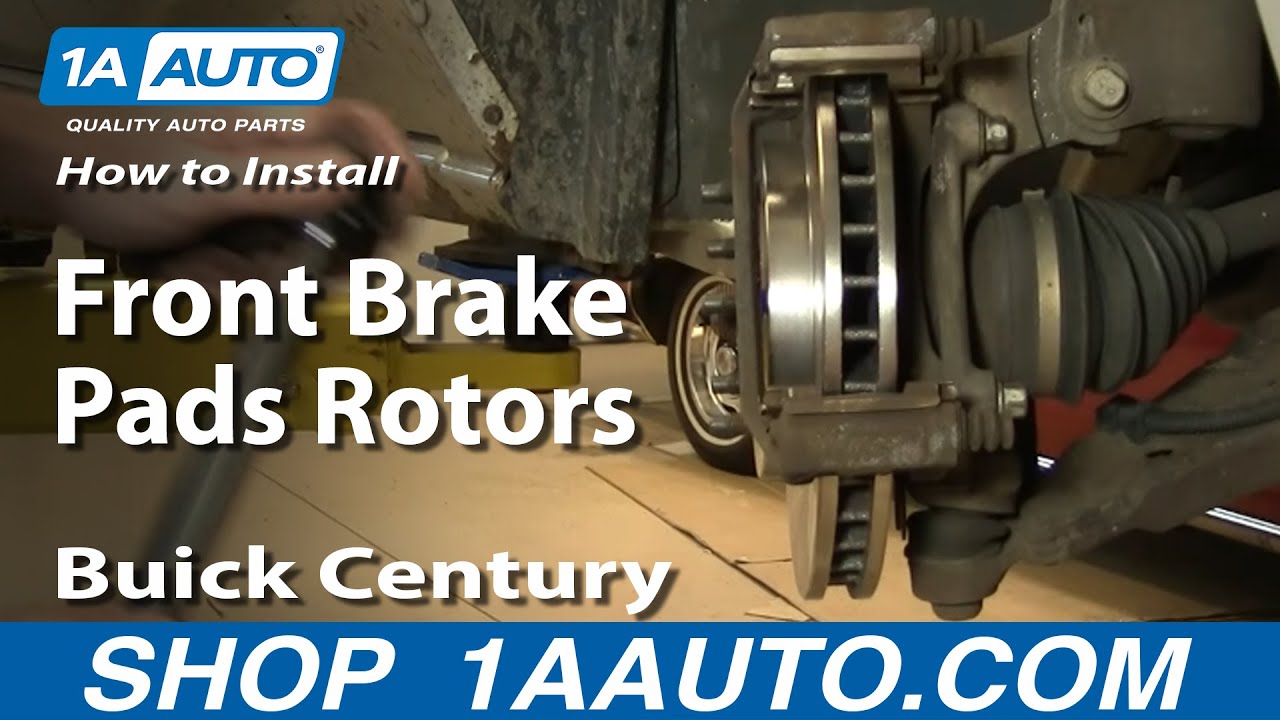1ABFS00011-Chevrolet Buick Pontiac Olds Front Semi-Metallic Brake Pad & Rotor Kit TRQ BKA10495



Replaces
Chevrolet Buick Pontiac Olds Front Semi-Metallic Brake Pad & Rotor Kit TRQ BKA10495


Frequently bought together
Product Reviews
Loading reviews
4.67/ 5.0
3
3 reviews
Great Service
January 2, 2019
I got the brakes in just a couple of days--sooner than expected. This is my fourth order with only one problem and they shipped me a new part right away. I love 1A Auto
Front brake kit
April 17, 2020
I was very impressed with how fast it got to my house and how simple the assembly made for replacement I am very pleased with it and I do recommend to all of my friends to deal with you it is fantastic and I will definitely be dealing with you again
Brakes
November 10, 2020
They were delivered fast and now just waiting to get them out on.
Customer Q&A
Does psa62137 control arm & bka10495 rotors & pads fit on GTP model 2001 GP?
September 1, 2024













